For decades the monks of Kauai’s Hindu Monastery have collected and created aums for our publications and sheer joy of the wide range of imagery. These are now available through HAMSA. Aum, also spelled Om, is the soundless sound and source of all existence. The mystic syllable of Hinduism, placed at the beginning of most sacred writings. As a mantra, it is pronounced aw (as in law), oo (as in zoo), mm. Aum represents the Divine, and is associated with Lord Ganesha, for its initial sound “aa,” vibrates within the muladhara, the chakra at the base of the spine upon which this God sits. The second sound of this mantra, “oo,” vibrates within the throat and chest chakras, the realm of Lord Murugan, or Kumara. The third sound, “mm,” vibrates within the cranial chakras, ajna and sahasrara, where the Supreme God reigns. The dot above, called anusvara, represents the Soundless Sound, Paranada. Aum is explained in the Upanishads as standing for the whole world and its parts, including past, present and future. It is from this primal vibration that all manifestation issues forth. Aum is the primary, or mula mantra, and often precedes other mantras. It may be safely used for chanting and japa by anyone of any religion. Its three letters represent the three worlds and the powers of creation, preservation and destruction. In common usage in several Indian languages, aum means “yes, verily” or “hail.”Pranava, Aum, is the root mantra and primal sound from which all creation issues forth. It is associated with Lord Ganesha. Its three syllables stand at the beginning and end of every sacred verse, every human act. Aum.



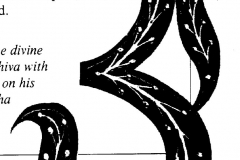


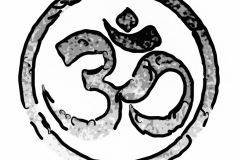

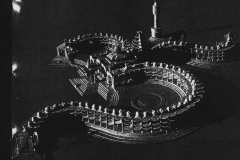
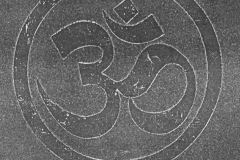

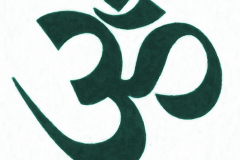
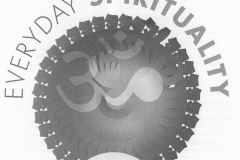

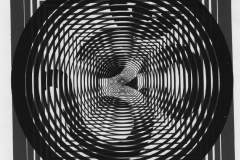
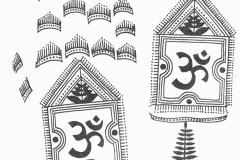
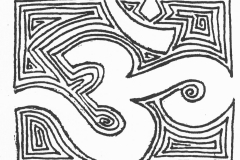
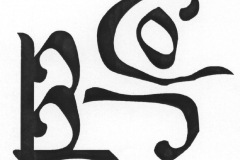
Leave a Reply
You must be logged in to post a comment.